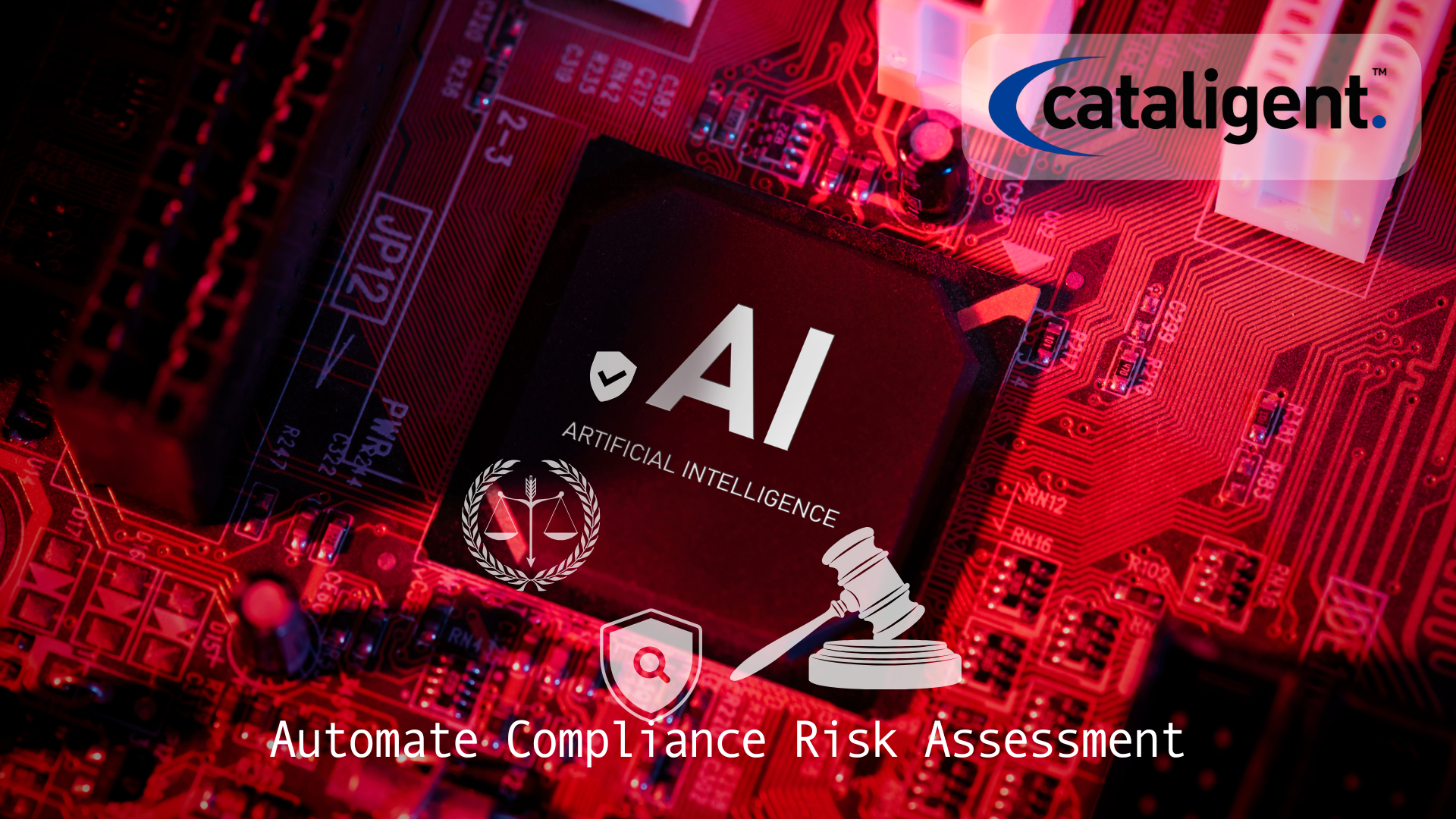In the modern regulatory landscape, leveraging AI (Artificial Intelligence) and data analytics is no longer optional but essential for effective compliance risk assessment. As organizations face increasingly complex regulatory requirements, relying solely on manual methods to identify and mitigate risks leaves room for error, inefficiency, and costly non-compliance penalties. AI-powered solutions provide real-time insights, predictive capabilities, and enhanced decision-making frameworks that help businesses stay ahead of emerging threats.
Why Traditional Compliance Risk Assessment Falls Short
Traditional approaches to compliance assessment typically involve periodic audits, manual data gathering, and subjective interpretations. While these methods may identify obvious violations, they lack the agility and depth needed to:
- Detect subtle anomalies across vast datasets.
- Forecast future compliance risks.
- Continuously monitor changing regulatory standards.
Manual processes are time-consuming, prone to human error, and incapable of scaling as business operations expand.
The Role of AI and Data Analytics in Compliance
Modern compliance management systems use AI algorithms and advanced analytics to automate and improve risk identification. Key features include:
- Predictive Risk Modeling: AI models analyze historical compliance data to predict future risk areas, allowing proactive intervention.
- Anomaly Detection: Machine learning identifies unusual behaviors, transactions, or access patterns that may indicate non-compliance or fraud.
- Real-Time Monitoring: Continuous scanning of data streams to detect violations as they happen.
- Regulatory Intelligence: AI systems keep track of global regulatory changes and automatically update relevant policies and procedures.
Key Benefits of AI in Compliance Risk Assessment
- Enhanced Risk Visibility
AI enables a 360-degree view of compliance health by consolidating and analyzing structured and unstructured data from across the organization. - Improved Accuracy and Efficiency
Automation eliminates human error, streamlines processes, and accelerates risk detection and resolution. - Scalability Across Operations
AI solutions can monitor and assess compliance risks across multiple geographies, business units, and regulatory jurisdictions. - Cost Reduction
By preventing compliance failures early, organizations reduce the costs associated with audits, fines, and reputational damage. - Continuous Learning and Adaptability
Machine learning systems improve over time, becoming more effective at detecting emerging threats.
Implementing AI-Driven Compliance Risk Assessment
To effectively deploy AI and analytics in your compliance program:
- Integrate Data Sources: Ensure all critical data (financial, HR, operational, vendor, etc.) is accessible and compatible with AI tools.
- Choose the Right Tools: Consider platforms such as IBM OpenPages, MetricStream, and LogicGate that specialize in AI-powered compliance analytics.
- Define Clear Objectives: Identify what compliance risks you aim to detect and prioritize (e.g., data privacy, anti-money laundering, insider trading).
- Train AI Models: Use historical compliance cases and outcomes to train models to recognize patterns and flag anomalies.
- Collaborate Across Departments: Involve IT, legal, compliance, and operations teams to ensure alignment and effectiveness.
Use Cases of AI in Compliance Risk Assessment
- Financial Services: Flagging suspicious transactions under AML regulations and ensuring accurate financial reporting.
- Healthcare: Monitoring for HIPAA violations and ensuring proper patient data handling.
- Retail and E-Commerce: Identifying breaches in data privacy compliance (GDPR, CCPA) through real-time customer data analysis.
- Manufacturing: Ensuring environmental regulation adherence and workplace safety compliance.
Best Practices
- Ensure Data Quality: AI’s accuracy depends on the quality of the data fed into it.
- Maintain Human Oversight: Use AI as a decision-support tool, not a replacement for human judgment.
- Stay Transparent: Keep regulators informed about how AI is used in your compliance framework.
- Regularly Update Models: As business environments and regulations evolve, so should your AI models.
Conclusion
The integration of AI and data analytics into compliance strategies marks a transformative shift in how organizations approach compliance risk management. With tools that provide predictive insights, real-time monitoring, and adaptive learning, companies can not only ensure better compliance but also unlock strategic value through smarter decision-making. In an era of heightened scrutiny and fast-changing regulations, using AI is a powerful way to future-proof your compliance infrastructure while minimizing risk exposure and optimizing efficiency.

